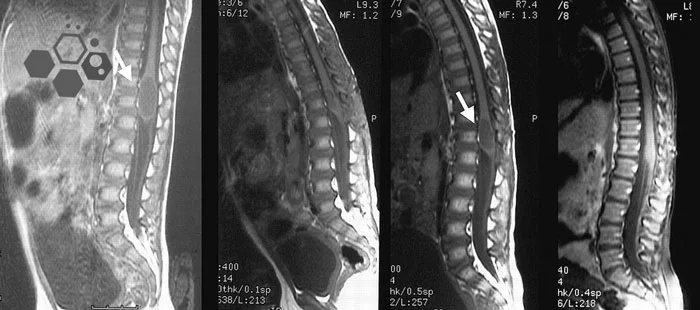
The iliac crest is the prominent bony structure on the upper lateral part of the pelvis. It’s a common site for various medical procedures, including bone marrow biopsies and harvesting of stem cells. The bone marrow, which is found within the cavities of certain bones, including the iliac crest, is a primary source of stem cells, especially hematopoietic stem cells (HSCs). HSCs are responsible for the production of all blood cell types in the body: red blood cells, white blood cells, and platelets.
Here’s how the iliac crest is related to stem cells:
While the iliac crest is a rich source of stem cells, the procedure to harvest bone marrow can be painful and may be associated with complications, such as infection, bleeding, or injury to surrounding structures. As a result, alternative methods of obtaining stem cells, like mobilizing HSCs into the peripheral blood and collecting them via apheresis.
The iliac crest is a prominent thick curved bone located in the upper border of the ilium near the pelvis. The iliac crest gets its name from it concave shape, that rounds inward, convex in back area and rounding outward. The iliac crest is that stretch of space posteriorly running from the anterior superior iliac spine (ASIS) towards the posterior superior iliac spine (PSIS) which is a source for somatic stem cells.[1]
It is known to contain a huge supply of bone marrow, which accounts for its being an uncommon extraction site for protocols at the stem cell regeneration center of Thailand treatment center and are typically only used in rare cases that required previous transplantation of bone marrow stem cells.[2]
[1] ^ Radcliff, Kristen, Raymond Hwang, Alan Hilibrand, Harvey E Smith, Jordan Gruskay, Jon D Lurie, Wenyan Zhao, Todd Albert, and James Weinstein. 2012. The effect of iliac crest autograft on the outcome of fusion in the setting of degenerative spondylolisthesis: a subgroup analysis of the Spine Patient Outcomes Research Trial (SPORT). The Journal of bone and joint surgery. American volume, no. 18 ( 19). https://www.ncbi.nlm.nih.gov/pubmed/22878599
[2] ^ Kunakornsawat, Sombat, Arthithat Kirinpanu, Chaiwat Piyaskulkaew, and Vera Sathira-Angkura. 2013. A comparative study of radiographic results using HEALOS collagen-hydroxyapatite sponge with bone marrow aspiration versus local bone graft in the same patients undergoing posterolateral lumbar fusion. Journal of the Medical Association of Thailand = Chotmaihet thangphaet, no. 8. https://www.ncbi.nlm.nih.gov/pubmed/23991599
Zombie cells, also called senescent cells, are non-dividing cells that accumulate in the body due to stress or damage, resisting… Read More
Chimeric antigen receptor-T cell treatment (CAR-T cell therapy) holds immense potential to revolutionize organ transplantation, particularly for patients who struggle… Read More
In the ever-evolving landscape of nutrition science, the discourse around dietary fats has undergone significant transformation. The Regeneration Center is… Read More
New research shows that specific types of brain cells become active after brain injuries and exhibit properties similar to those… Read More
Chemokines, critical components in the immune system, are small proteins that facilitate the migration and positioning of immune cells throughout… Read More
Stem cell research examines everything from gene expression to differentiation capacities to therapeutic potentials. With such diverse data types and… Read More